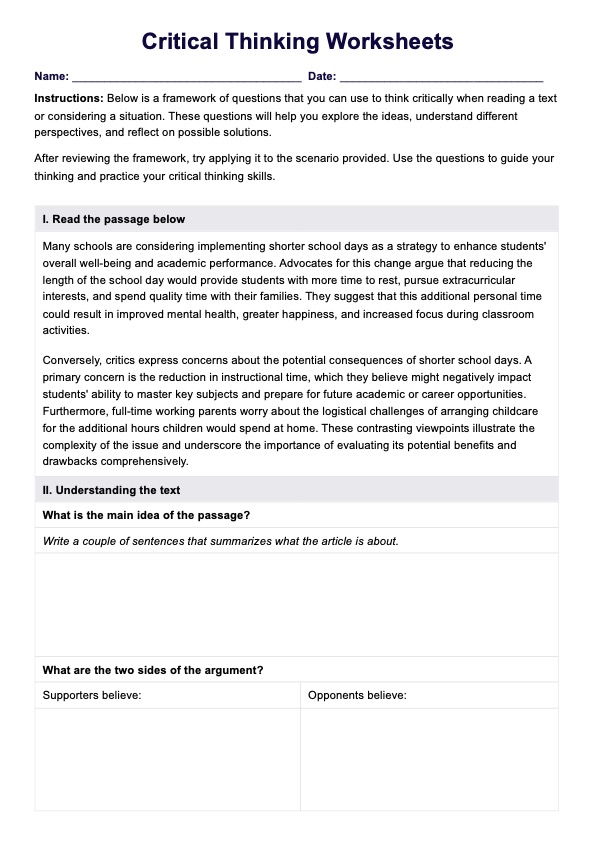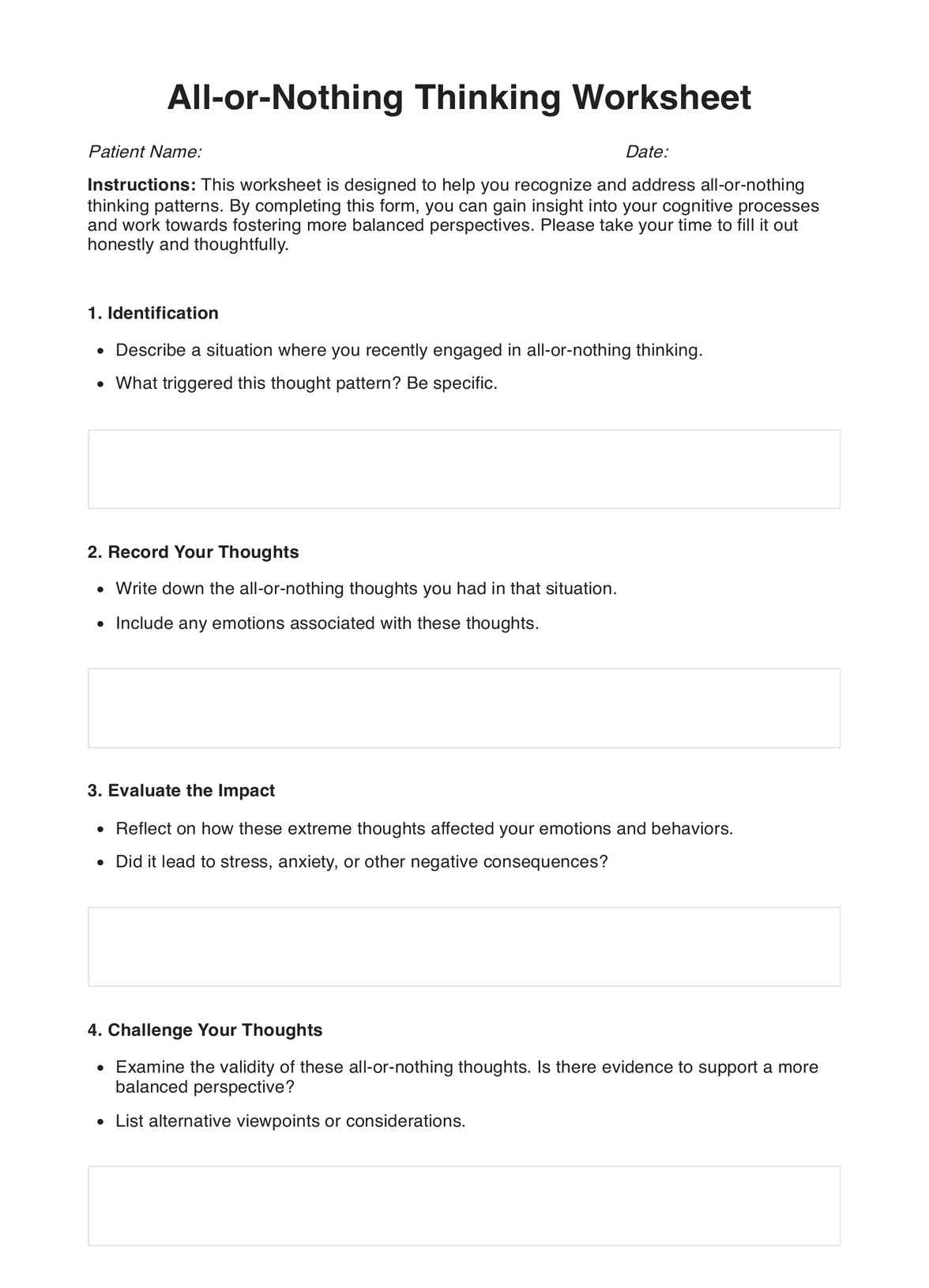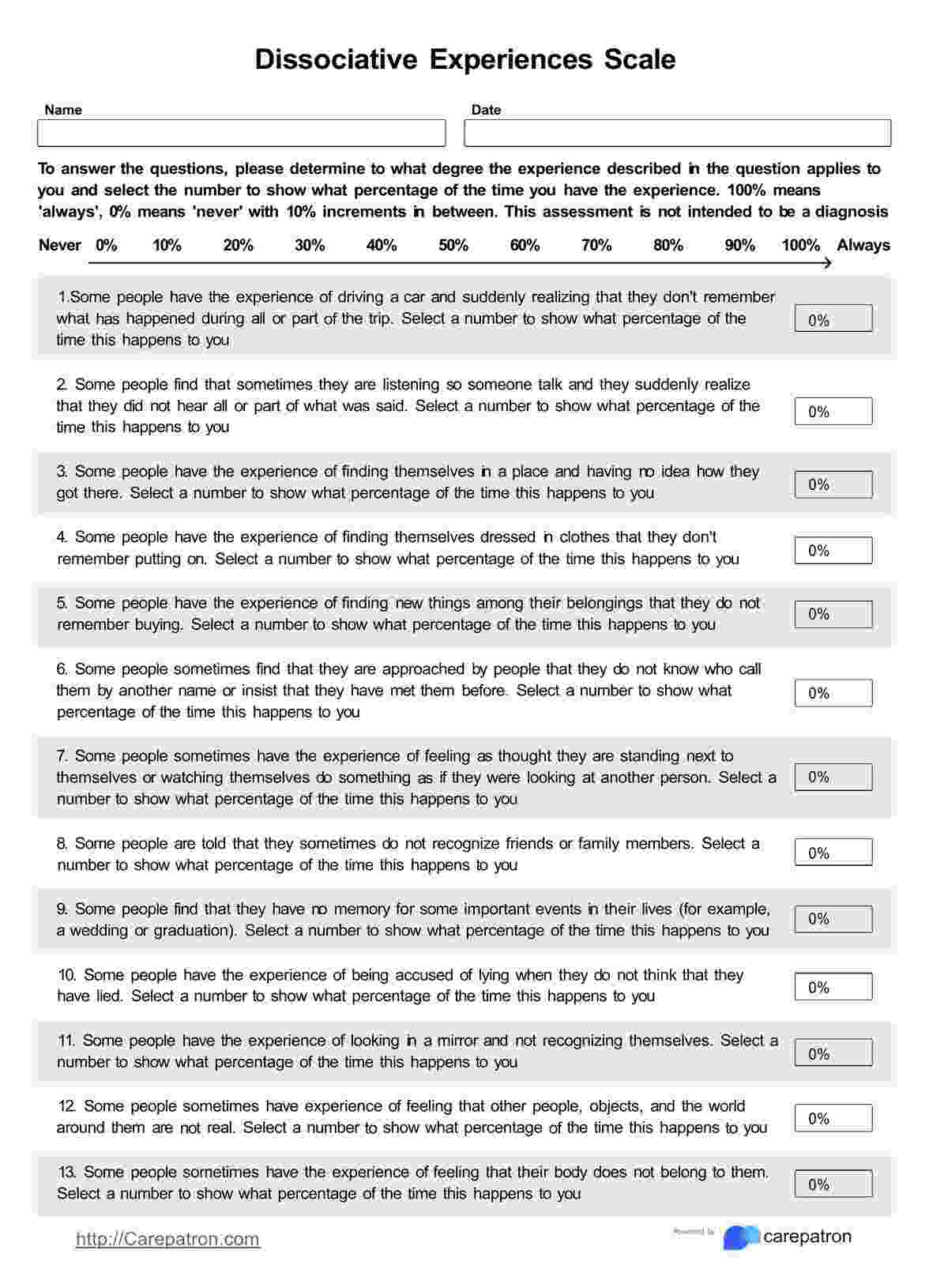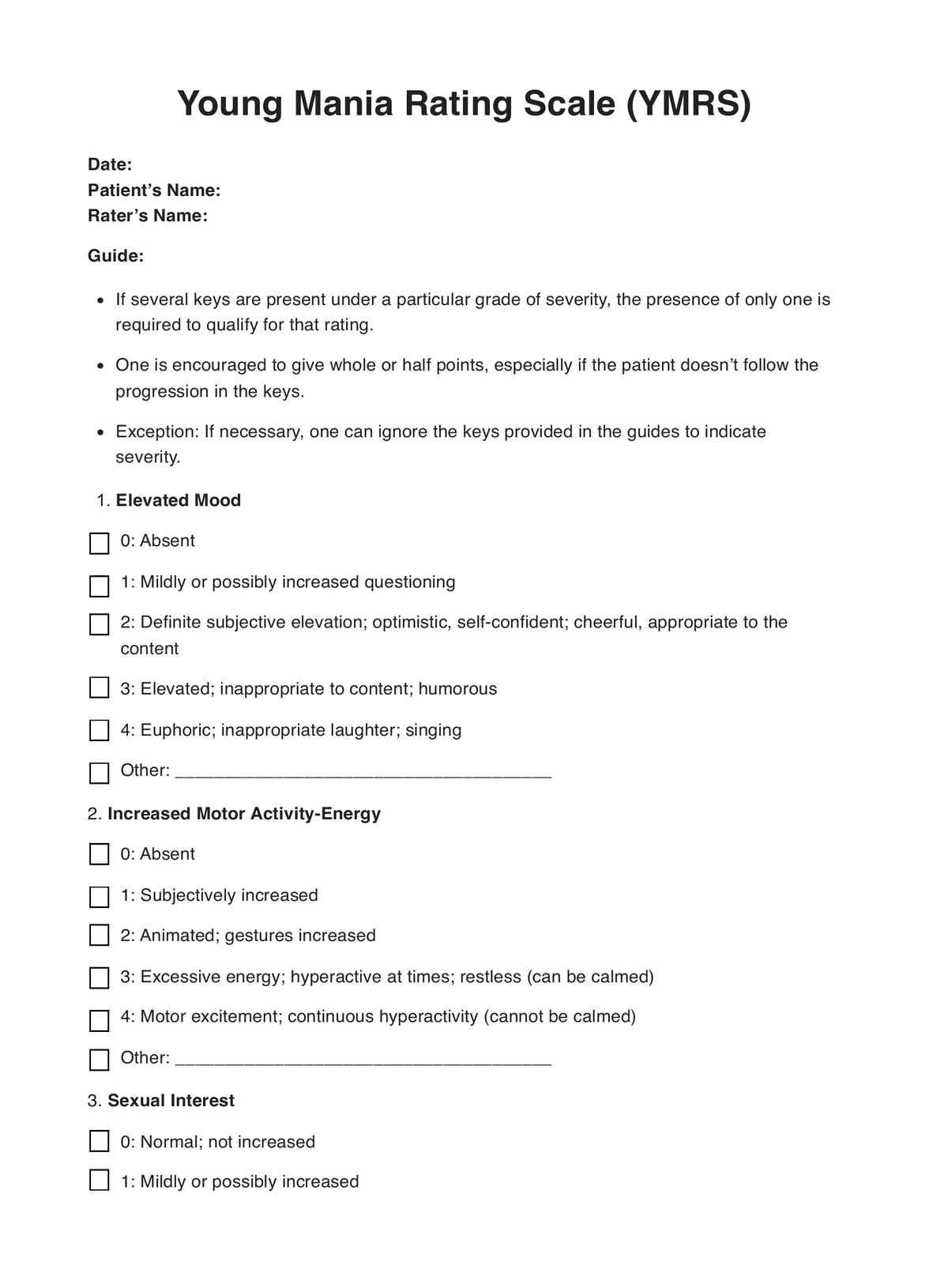Critical Thinking Worksheets
Unlock the power of critical thinking with our expertly crafted Critical Thinking Worksheets, designed to foster analytical skills and logical reasoning in students.


What is a Critical Thinking Worksheet?
A Critical Thinking Worksheet is a structured tool designed to help individuals analyze and interpret information effectively. It guides users through a series of focused questions that encourage understanding of central ideas, exploring different perspectives, and evaluating evidence. By working through the worksheet, individuals can practice logical reasoning, reflect on potential solutions, and develop stronger decision-making skills. The questions are structured to prompt thoughtful engagement, helping users summarize key points, identify arguments, and assess strengths and weaknesses. Additionally, the worksheet encourages personal reflection, connecting the discussion to individual experiences and fostering deeper understanding.
This worksheet also includes an optional creative exercise for generating ideas and solutions, offering a practical way to apply critical thinking skills to real-world scenarios. It is particularly useful for exploring complex topics, such as the debate on shorter school days, in a way that encourages meaningful dialogue and problem-solving. Through this process, users can build their critical thinking ability while engaging actively with the material.
Critical Thinking Worksheets Template
Critical Thinking Worksheets Example
How to use our Critical Thinking Worksheet?
Follow these steps to integrate the Critical Thinking Worksheet into your practice effectively:
Step 1: Access the worksheet
The Critical Thinking Worksheet is available as a customizable template within this guide. Click “Use template” to open it in the Carepatron app, and you can tailor it to suit the specific needs of your session or discussion. Alternatively, a fillable PDF version is also available for download.
Step 2: Introduce the worksheet
At the beginning of the session, explain the purpose and structure of the worksheet. Highlight that it is designed to help users develop critical thinking skills by analyzing information, evaluating arguments, and reflecting on potential solutions to complex issues. Emphasize that the worksheet provides a structured approach to breaking down challenging topics.
Step 3: Guide clients through the sections
Work collaboratively with the participant to complete each section of the worksheet. Use the exercises to help them summarize main ideas, identify supporting and opposing arguments, and assess evidence. Encourage thoughtful responses and guide them in exploring multiple perspectives while considering the real-world implications of their analysis.
Step 4: Reflect and reinforce insights
Once the worksheet is completed, revisit the key themes and insights gathered during the session. Encourage the participant to consider how these critical thinking skills can be applied to similar challenges in the future. Reinforce the importance of practicing these skills regularly to strengthen their ability to analyze, evaluate, and respond thoughtfully to complex situations.
Step 5: Store completed worksheets securely
Ensure that completed worksheets are stored securely to maintain confidentiality, especially if they are part of an educational or professional program. Consider using Carepatron as a secure storage system with encrypted access for digital records. Store physical copies in a locked and organized space to maintain accessibility and privacy.
Benefits of using our Critical Thinking Worksheet
The Critical Thinking Worksheet offers numerous advantages for professionals working with clients, such as health professionals, by streamlining sessions and fostering meaningful engagement. Here are the key benefits:
Saves time during sessions
The worksheet provides a clear and structured framework that guides discussions, reducing time spent on planning or improvising during sessions. It ensures all relevant aspects of a topic are explored systematically, allowing for more efficient use of session time.
Enhances client engagement
The worksheet encourages clients to think critically about their decisions and challenges by involving them in active participation. This interactive approach makes sessions more engaging and impactful, promoting client ownership of their insights.
Encourages focused analysis
The worksheet helps clients break down complex issues into manageable parts, focusing on key ideas, evidence, and arguments. This reduces the feeling of being overwhelmed and allows for more productive problem-solving.
Promotes clear communication
The worksheet facilitates clearer communication between professionals and clients with structured prompts and sections. It helps articulate thoughts, identify misunderstandings, and create actionable steps.
Supports professional flexibility
The versatile worksheet can be adapted for various scenarios or client needs. Whether addressing personal dilemmas, professional challenges, or decision-making, it provides a customizable tool that aligns with diverse goals.
Encourages evidence-based practice
The worksheet aligns with evidence-based approaches by guiding users to evaluate evidence and consider multiple perspectives. It ensures clients are making informed decisions grounded in reason and logic.
Commonly asked questions
The Critical Thinking Worksheet is designed to help students determine how to practice and develop critical thinking skills. This vital skill is cultivated through guided questions, encouraging users to delve deeper into topics, analyze statements, and evaluate different perspectives.
The worksheet provides a structured approach to analyzing issues, with an example passage detailing a debate on shorter school days. It guides students through logical steps to identify patterns, evaluate arguments, and consider solutions. It details a step-by-step framework that students can apply to other situations.
This worksheet is suitable for students of all grades, from first grade to high school, and for instructors aiming to enhance lessons in subjects like math, science, or language arts. The sample pages can be adapted to fit specific knowledge levels, helping young kids build foundational skills and older students refine advanced thinking abilities.
By practicing with the Critical Thinking Worksheet, users develop transferable skills applicable across various subjects and real-life situations. Instructors can integrate it into lessons or homework to reinforce key concepts and track progress. Students learn to reflect on their ideas, analyze logical relationships, and evaluate outcomes, ensuring they are prepared to address future challenges confidently and clearly.


























-template.jpg)
























































































